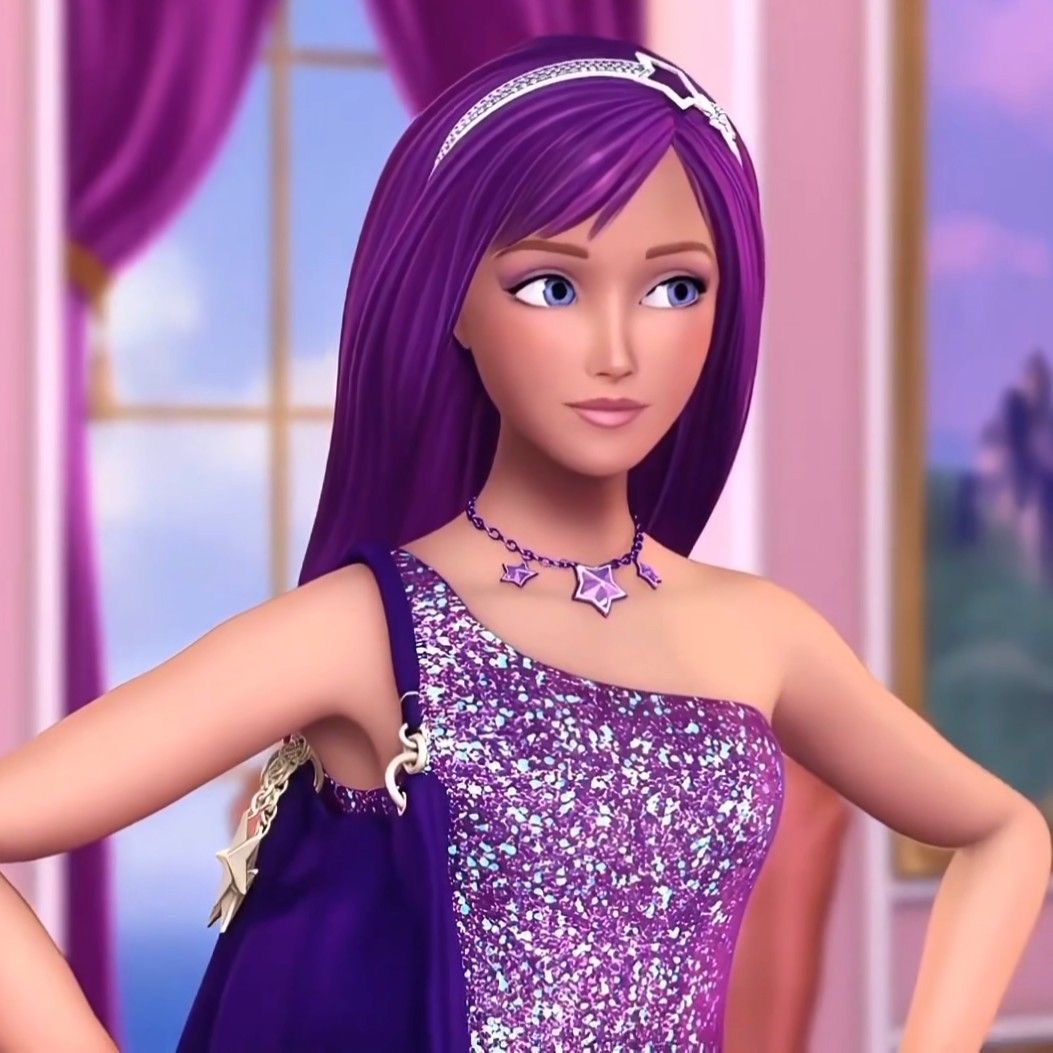PEH3
Cards (33)
- Dance (DAMSON) - to stretch or drag
- Dance - Is rhythmic and expressive body movements, usually coordinated into pattern and adapted to musical accompaniment.
- Prehistoric Period - It was used as a way of expression and reinforcing tribal unity and strength; Shamans as lead dancers acted as physicians and religious leaders and kept tribes healthy, prosperous and safe.
- Ancient CivilizationEgypt - 3,300 BCE (First Dancing). It is believed that the first people to dance were the Egyptians. Paintings of dancing figures in rock shelters and caves.
- The King
- The priest
- Virgin dancers
- Ancient CivilizationCrete - 3000-1400 BC) was a cultural link in the ancient world between Egyptians and Greeks. Cretans used dance to perfect their military training which made excellent.
- Ancient CivilizationGreece - Entertainment and display; Plato immensely gave importance to dance in education as stated in the education on the Laws. He highlighted the two kinds of dance and music: the noble (fin and honorable) and the ignoble (imitating what is mean or ugly).
- Ancient CivilizationRome - theatrical; was performed within church during religious ceremonies.
- Ballet - became popular until around the year 1500; Ballet gained its popularity when a lady of the arts, Catherine de Medici, married King Henry 11; It is originated in Italy and France.
- Modern HistoryMasque Dancing - Court entertainment dance; A period in the history of dance in Italy, France, and England
- Classical Persian Dancing (1795) - The music is usually played by a small band; Qajar Dynasty
- Tippity Tappity, Time for Tap (1800) - originated from African tribe dancing. Tap dancing makes percussion sounds because of dancers most commonly wearing leather shoes
- 20th Century Dances (1901-2000) - dance fever
- Contemporary Dance (1950) - combines jazz, ballet, and modern dance.
- Hip Hop Dance (1970) - includes breaking, popping, locking, and more. It is performed both in night clubs and on the streets.
- Popular fad dances also emerged like YMCA and Macarena.
- 21st Century Dance (2001- Present) - most everyone can achieve include the whip and nae nae, Gangnam Style (it’s a little old), shooting, and more.
- Forms of Dance
- Traditional Dance
- Modern and Contemporary Dance
- Ballet Dance
- Hiphop or Street Dance
- Cheer Dance
- Festival Dance
- Elements of Dance: Body, Action, Space, Time, and Energy.
- FOLK DANCE - traditional dance form
- CULTURAL CONTEXT - cultural identity
- TRADITIONAL MUSIC AND INSTRUMENT - indigenous instruments.
- Tinikling - tikling bird
- Singkil - princess gandingan
- PANDANGGO SA ILAW - from Lubang Island and it involves balancing three oil lamps.
- Sayaw sa bangko - dance on a bench
- Binasuan - from Pangasinan ans it involves balancing 3 glasses of water.
- Subli - holy cross
- Kappa Malong Malong - from muslim community in Southern Philippines
- Cariñosa - courtship dance
- Kurtsa - Samar Island and a courtship dance
- BASIC FOLK DANCE STEPS: 3/4 TIME
- Waltz
- Sway Balance
- Mazurka
- Close Step
- Touch Step (Moderato)
- BASIC FOLK DANCE STEPS: 2/4 TIME
- Gallop
- Change Step or Two step
- Polka
- Close Step
- Leap (also a 4/4 time)
- Touch Step (Allegro)
- SOCIAL DANCE MOVEMENTS
- Castle Walk
- Tango
- Foxtrot
- Charleston
- Lindy Hop
- Rumba
- Mambo
- Cha-Cha-Cha
- Samba
- Bossa Nova
- Boogaloo
- Twist
